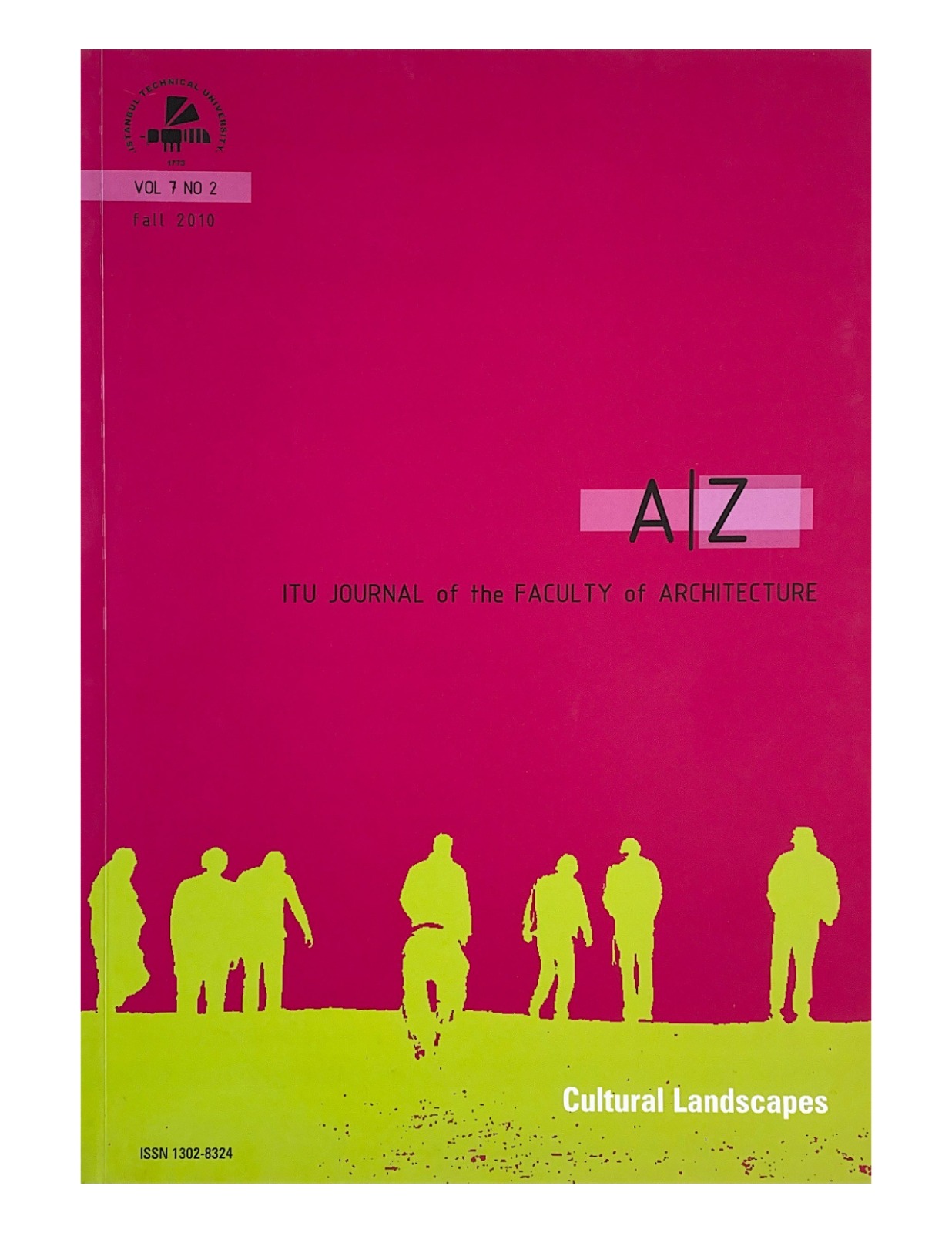Abstract
Community Forests play an important role within the urban green space. Such forests represent nature close to where people live, offer unique recreational settings, and provide special educational environments, e.g. for children and people with special needs. The objective of this article is to link recreational forest use and management by elaborating a sustainable development concept for a peri-urban forest and by showing approaches of how local communities can participate in the processes of planning, designing, establishing, and managing their forest. This article contributes the example of the participatory development concept for Balfour Forest. The area is located in northern Israel, and it is part of a replanted forest network around Nazareth. It constitutes a cultural landscape that origins from the 20th century, representing the unique legacy of forestation efforts in Israel, with some plantings dating back as far as the British Mandate Period. The case of the Balfour Community Forest is presented and approaches to shaping peri-urban forests according to the (ever changing) preferences and needs of local urban societies are discussed. Such approaches imply that peri-urban forests are managed on the basis of differing local needs and use preferences in order to become sustainable cultural landscapes.

